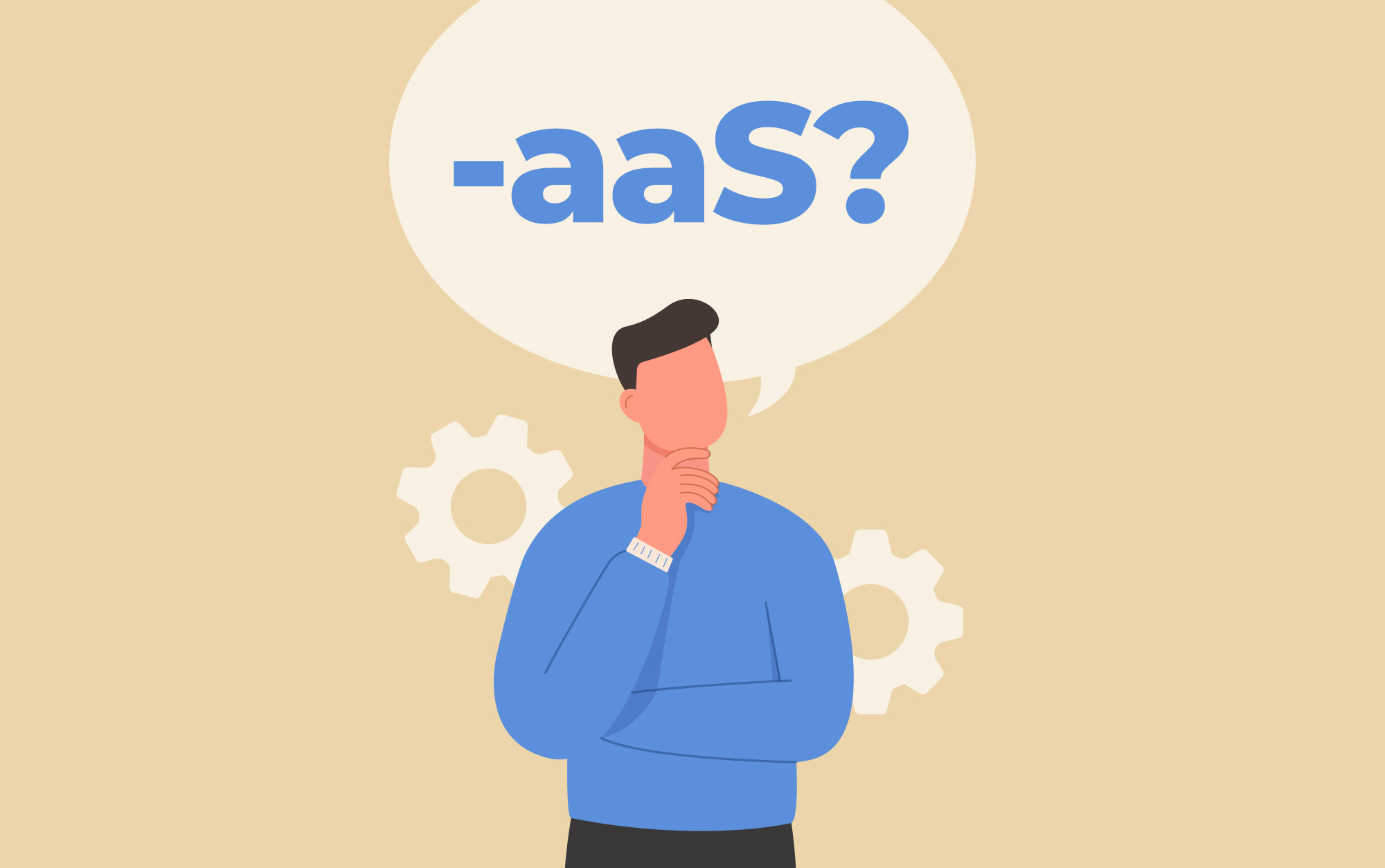If you keep seeing acronyms ending with “aaS” and don’t know what it means, you’ve come to the right place. The term “SaaS,” meaning “Software as a Service,” is common in the tech space. The word first appeared in 1999 when Salesforce, a large CRM platform, launched as the first SaaS solution (Fryer). Since then, similar acronyms like CCaaS and UCaaS have been popping up in Tech.
“-aaS” has opened the door for all organizations’ from small start-ups to massive corporations to reap the benefits of technology in business. Let’s dive deeper into the meaning of SaaS, how it has transformed the tech industry, and what kind of a role Unified Communications as a Service (UCaaS) plays in it.
The Growth of SaaS
Before SaaS, software was purchased individually and downloaded from physical disks, with any upgrades needing a new purchase. This process worked well for its time, but now, improvements in technology allow users to download applications over the internet, significantly simplifying the overall process. Providers sell these products as an ongoing service, complete with upgrades and other ongoing improvements.
Today, most existing SaaS software is licensed and delivered on a subscription basis, and is hosted in the cloud-all managed by the service provider. Its other known names include on-demand, web, or hosted software. In the not too distant past, most software was run and managed on the company’s premise. This solution meant installing, updating, and maintaining it on-site, requiring extra space and long wires running through the walls. Cloud-hosted software changed the game by allowing companies to have access to all the software they need without having to physically retain or maintain the equipment. So when this simpler and more affordable solution arrived, many companies decided to switch, gaining better overall technology and faster internet speeds. BMC predicted that 99% of organizations would be using one or more SaaS solutions by the end of 2021. Additionally, nearly 78% of small businesses have already invested in SaaS options.
We know what SaaS is, but how does UCaaS relate?
UCaaS, or Unified Communications as a Service, takes on the same characteristics as any “-as a service” (“-aaS”) solution by consistently giving users updates and providing them with some level of ongoing support. What makes it unique is its specific usage in business communication. Unified Communications specializes in business communication tools-including calling, messaging, SMS, video conferencing, etc.-and puts them all into one platform in the cloud.
The evolution of technology has influenced companies to adopt UCaaS for their business communications due to the variety of benefits it offers a company’s IT Departments and end-users. According to the 2021-2028 Unified Communications and Collaboration (UC&C) Market Update, “global end-user spending on UC will grow at a 13.4% compound annual growth rate to reach approximately $113.81 billion by 2028” (Fortune Business Insights, 2021).
What do most “-aaS” companies have in common?
(1) Reduced Costs
Unlike onsite hosted software or phone systems, many cloud-based services don’t require large upfront investments in hardware, such as computers, routers, servers, etc. The cloud provider takes on these upfront costs making it an affordable option for small start-ups. These providers also offer different subscriptions packages, allowing companies to decide what package and tools best fit their unique needs. As a result, it is easier for small start-up companies to use SaaS and UCaaS applications and scale up as their business expands.
(2) Scalability
Workforces come in many shapes and sizes, making their needs vary greatly. Most “-aaS” are subscription-based and can easily be scaled or reduced by adding or removing additional licenses or users. The last thing a company wants is a slowdown during a surge of new employees, transactions, data, etc. Since SaaS and UCaaS applications don’t rely on local hardware, slowdowns are rare occurrences; they don’t interfere with day-to-day business, no matter how large the workload is.
(3) Updates and Maintenance
Instead of having a company’s IT department be responsible for software installation and management, the responsibility lies on the vendor to keep the software up-to-date and maintained without any hiccups. This structure leaves more time for the IT department to worry about other pressing issues related to their own services.
(4) Security
For a well-run company, security is always a concern. Traditional onsite systems offer little protection for valuable information, making it easily susceptible to outside attackers. “aaS” systems use service provider’s servers that have many layers of security, keeping valuable data secure. Today many companies have also begun to allow employees to bring and use personal devices for work. This decision brings with it many security concerns and increases the chances of data loss. One way UCaaS has mitigated this security risk is by offering features such as DID or direct inward dial. This feature allows employees to use their personal devices without running the risk of personal information being unprotected.
(5) Accessibility
With “-aaS” services being cloud-based, organizations are provided with a painless process allowing their employees to work and operate remotely. At any time and anywhere, you can access the web-based applications via any device with an internet connection and web browser, increasing productivity.

About Level365: Level365 offers a complete UCaaS solution with an enterprise voice that is customizable and scalable for your business. Our service seamlessly integrates communication among your desk phones, computers, and mobile devices. This cross-device service helps support remote teams and provides flexibility for onsite staff. The UC platform extends beyond voice communications with Unified Messaging, Presence, Chat/SMS, Cloud Faxing, CRM Integrations, etc.





